Today, businesses selling everything from mortgages to mobile phones face the same challenge: attention is expensive, loyalty is rare, and customers expect more.
In this landscape, mass marketing doesn’t just feel outdated; it burns through budgets without building lasting relationships.
That’s where customer-centric marketing stands apart. It’s not about shouting louder.
It’s about listening better, responding faster, and building marketing strategies that orbit around your customers’ needs, not just your product roadmap.
The brands that embrace this mindset win more than just sales; they earn brand loyalty, better retention rates, and long-term growth.
In this blog, you’ll learn what customer-centric marketing means, how to build a strategy around it, what real-world businesses are doing to turn customers into advocates, and much more.
Table of contents
- What is customer-centric marketing?
- Why is customer-centric marketing important in 2026?
- Real-world customer-centric marketing examples
- How Birdeye helped Rate transform customer feedback into lasting relationships
- The top five challenges of becoming a truly customer-centric company
- Seven key steps to build a customer-centric marketing strategy
- How to measure the success of a customer-centric strategy
- Turn customer centricity into your edge with Birdeye
- FAQs on customer-centric marketing
- Real growth starts with understanding your customers
What is customer-centric marketing?
Customer-centric marketing is a strategy that puts customer needs, preferences, and experiences at the core of every campaign, message, and touchpoint.
Instead of pushing products based on internal timelines or business goals, it starts with understanding how customers behave, what they care about, and where they spend their time.
In practice, this means tailoring campaigns based on customer data, segmenting audiences by preferences, and measuring success not just by clicks or conversions but also by customer satisfaction and lifetime value.
Key traits of customer-centric marketing:
- Rooted in real customer feedback: Strategies are informed by actual customer insights rather than assumptions or guesswork.
- Focused on personalization: Messaging and experiences are tailored to individual needs, not one-size-fits-all.
- Powered by smart technology: Tools like AI and machine learning help deliver relevant, timely experiences at scale.
- Aligned across departments: Sales, marketing, and customer service teams work together to support the full customer journey seamlessly.
Why is customer-centric marketing important in 2026?
In a world saturated with choices, what truly influences buying decisions is trust, experience, and reputation.
The Birdeye State of Online Reviews 2025 report reveals two striking facts:
- 93% of shoppers read reviews before making a purchase.
- 81% of patients check reviews before selecting a provider.
These numbers confirm a critical shift: today’s consumers are guided less by brand claims and more by real experiences shared by real people. Whether you’re in retail, healthcare, or financial services, your potential customers are listening to each other, not just to you.
That’s why customer-centric marketing has become so important. It helps you build meaningful connections that span the entire customer journey.
Customer-centric companies outperform competitors because they:
- Foster brand loyalty by making customers feel seen, heard, and valued.
- Earn referrals and advocacy by consistently delivering value-driven interactions.
- Increase retention rates by proactively removing friction and responding to evolving needs.
As per Deloitte & Touche, companies that embrace customer centricity achieve profitability levels 60% higher than those that don’t.
In 2026, marketing success belongs to brands that market with customers rather than just to them, using feedback, insights, and empathy as their most powerful marketing tools.
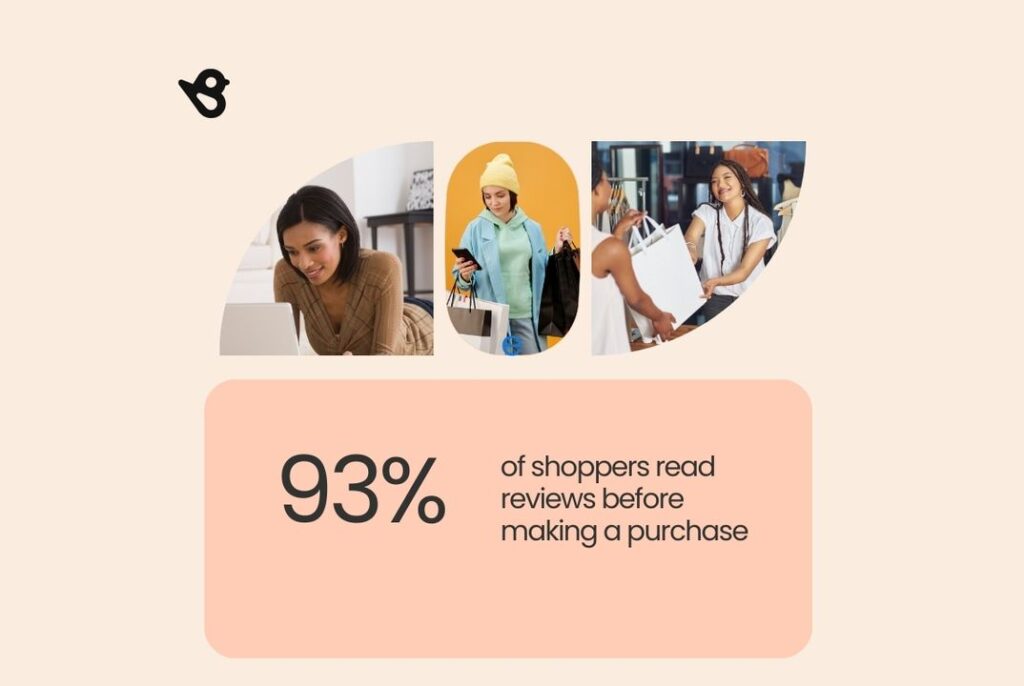
Real-world customer-centric marketing examples
In 2026, some of the world’s most respected brands will set the standard for customer-centric marketing by focusing on their customers’ unique needs at the heart of their strategy.
Let’s look at how four brands lead with empathy, data, and innovation to deliver truly personalized experiences and build stronger relationships.
1. IKEA
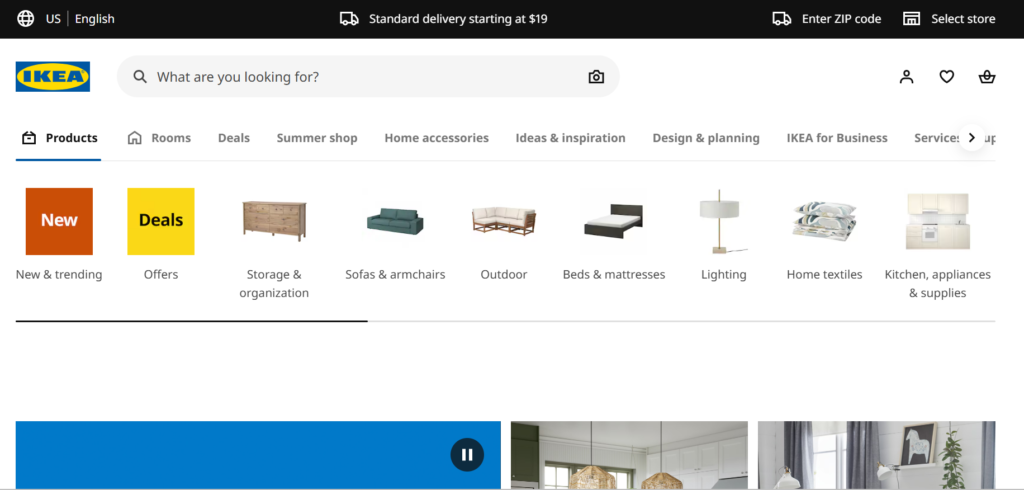
IKEA goes beyond selling furniture. It designs environments that reflect how people actually live. From small-space solutions to budget-friendly layouts, IKEA adapts its marketing and product lines to the needs of everyday consumers. Their showrooms, catalogs, and digital experiences speak directly to the target audience’s lifestyle, not idealized visions of luxury.
2. Stitch Fix

Stitch Fix built its entire business on personalization. By collecting detailed customer data, from style preferences to body shape, the brand creates tailored outfit suggestions that feel handpicked. This customer-centric strategy proves how companies can use data to identify areas for more relevant experiences, turning everyday transactions into long-term loyalty.
3. Hilton

Hilton’s strength lies in its ability to listen. The brand uses real-time customer feedback to adjust everything from check-in processes to room amenities. By customizing loyalty perks based on actual behavior and preferences, Hilton ensures that returning guests feel truly recognized. This enhances satisfaction and deepens relationships across the customer journey.
4. Happy Returns
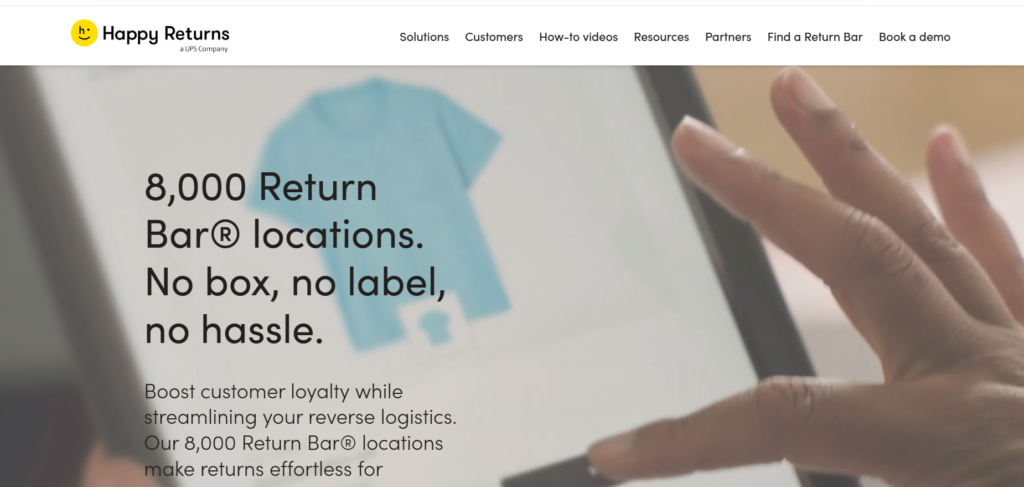
Happy Returns removes the most dreaded part of online shopping: returns. By creating a frictionless system with Return Bars, they eliminate packaging and shipping stress.
This simple yet powerful customer-centric initiative has helped consumers feel more confident when making purchases, proving that solving real pain points is one of the most effective ways to grow a brand.
These standout brands prove that customer-centric marketing isn’t just theory; it’s a proven path to growth.
Let’s look at how a brand called Rate put this approach into action with Birdeye to turn feedback into stronger customer relationships.
How Birdeye helped Rate transform customer feedback into lasting relationships

The brand
Rate is a top U.S. mortgage lender with 750+ locations, known for its tech-driven support and customer-first approach to homeownership.
The challenge
During the 2020 mortgage surge, Rate’s customer satisfaction dipped slightly due to higher volumes. The team needed a scalable way to collect customer feedback, maintain their stellar Net Promoter Score (NPS), and engage existing customers.
The solution
With Birdeye’s Reviews AI, Surveys AI, and Birdeye Insights AI, Rate was able to:
- Automate review requests post-loan closure.
- Analyze feedback to surface real-time insights across branches.
- Capture mid-journey feedback to fix issues before they affect satisfaction.

The Results
- 3,800 new reviews in 10 months.
- 12% increase in review frequency.
- Maintained a 4.9-star average.
- Improved retention by proactively acting on survey feedback.

Learn more about Birdeye and Rate case study
The top five challenges of becoming a truly customer-centric company
While the benefits of customer-centric marketing are clear, implementing them isn’t always easy. Many companies struggle to shift from product-first thinking to a truly customer-first culture.
Here are five major roadblocks brands face and why overcoming them is essential to improving the customer experience and keeping customers happy.
1. Fragmented data limits visibility
When customer information is scattered across different platforms, such as marketing, sales, and support, it’s nearly impossible to build a unified view of your customers. These data silos prevent teams from delivering consistent, relevant experiences. Without a single source of truth, your campaigns may miss the mark.
2. Lack of collaboration across teams
A successful customer-centric strategy requires alignment across all departments. If marketing, sales, and support aren’t working together or sharing insights, it creates disjointed experiences. The disconnect often results in missed opportunities to delight customers or resolve issues proactively.
3. Outdated customer personas
Many brands rely on static customer personas that don’t reflect today’s fast-changing consumer behavior. Modern customers evolve quickly, especially in digital spaces. Brands must regularly refresh personas using real-time customer feedback and behavioral data to stay relevant.
4. Struggles with scalable personalization
Delivering tailored experiences to thousands of customers is a massive challenge without the right tools. For example, a custom landing page built for each audience segment can significantly boost conversions, but only if supported by automation.
Solutions like Birdeye Messaging AI help by centralizing communication across channels and automating responses based on behavior. This allows you to personalize at scale without sacrificing efficiency.
5. Difficulty measuring emotional metrics
You can’t manage what you can’t measure. Traditional KPIs often overlook soft indicators like customer sentiment or satisfaction. However, these factors have a direct impact on loyalty and retention. Platforms like Birdeye provide deeper insight into how customers feel about your brand, surfacing trends across reviews and surveys so you can act fast.
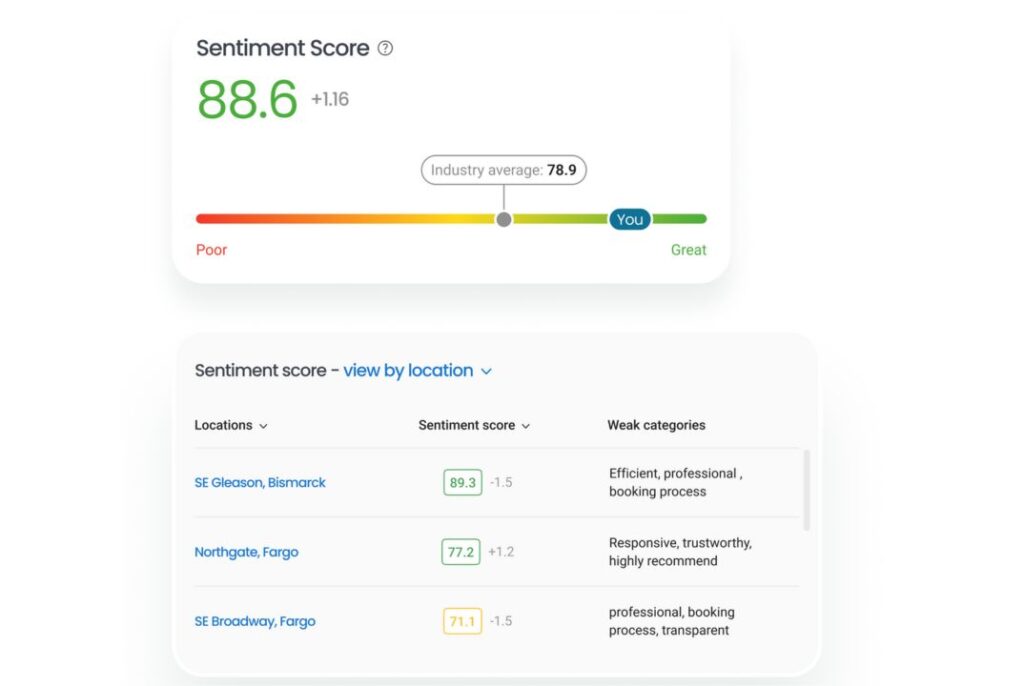
Whether you’re selling financial services or the Single Malt Discovery Collection, the goal is the same: keep your customers happy by delivering experiences that feel personal, seamless, and valuable at every stage of their journey.
Seven key steps to build a customer-centric marketing strategy
A true customer-centric approach requires more than good intentions. It demands a structured strategy, cross-functional alignment, and the smart use of marketing technology.
Here are the seven key steps successful companies follow to embed customer-centricity at every marketing plan level.
1. Understand your customers deeply
Start by getting a clear picture of who your customers are and what drives them. Use focus groups, surveys, and market research to:
- Uncover specific pain points
- Map preferences across demographics and purchase behaviors
- Track how customers find your brand and interact with it
Solutions like Birdeye Surveys AI allow companies to collect real-time feedback across multiple touchpoints, giving marketers the insights they need to tailor every interaction.
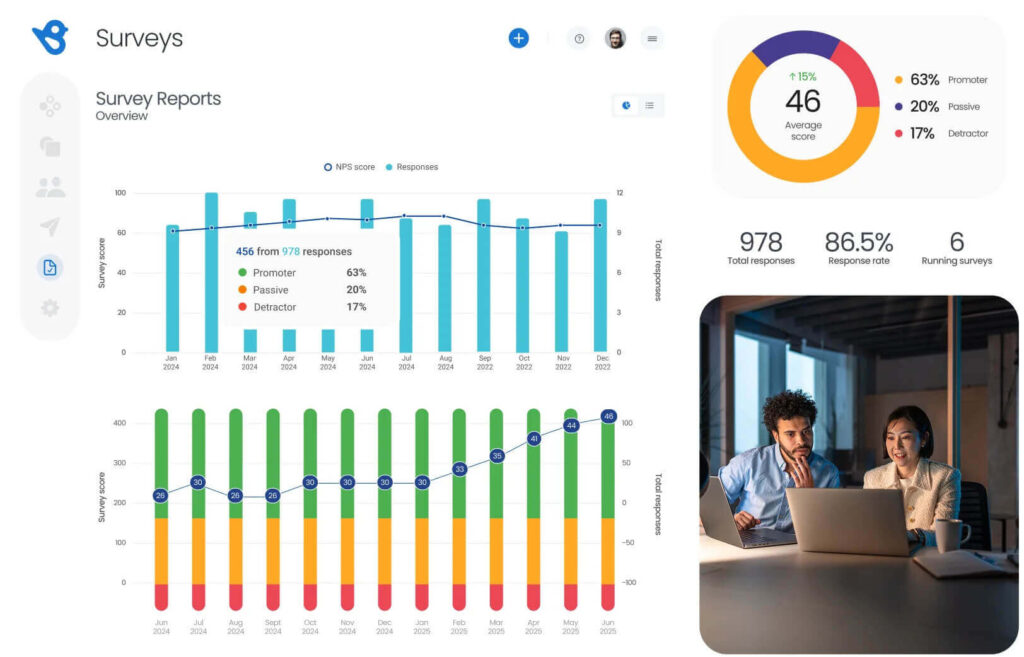
2. Map and improve your customer journey
Review how customers interact with your brand across online and offline channels. Pinpoint where friction exists and identify areas for improvement.
Optimize:
- Website navigation and custom landing pages
- Checkout and booking flows
- Automated follow-ups and feedback loops
The goal is to ensure every moment leads to a positive experience and keeps new customers engaged.
3. Use AI to personalize content at scale
With rising expectations, personalized experiences are no longer optional. Tools like Birdeye Messaging AI help your team:
- Consolidate SMS, email, Webchat, and social messaging into one inbox.
- Respond instantly to inquiries based on customer behavior.
- Deliver content that feels timely, relevant, and personal.
This AI-powered system supports a seamless service experience across channels.
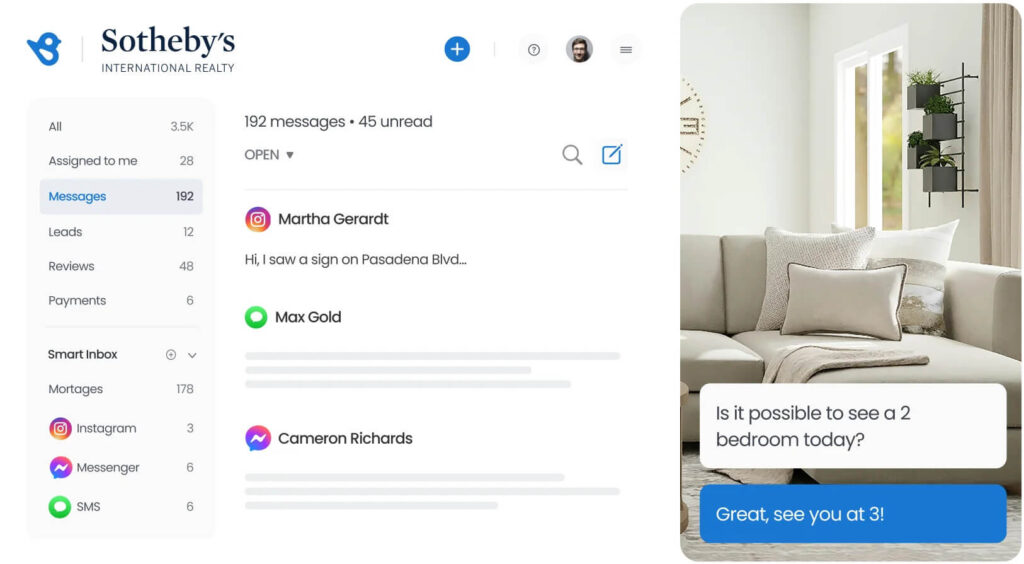
4. Add value with every interaction
Customers expect more than transactions; they want value. Whether you’re sending a post-purchase email or promoting a new offer:
- Recommend products using artificial intelligence and customer data
- Use segmented custom landing pages to serve different target audiences
- Provide self-service options that reduce effort and enhance satisfaction
5. Build trust, not just transactions
Modern consumers reward brands that commit to long-term value. To foster lasting loyalty:
- Reward repeat customers with personalized perks
- Share helpful resources, guides, and video content
- Turn feedback into action to demonstrate improvement
Think of each purchase as the beginning of a relationship, not just a conversion.
6. Align teams around customer outcomes
True customer-centric organizations break down silos. Ensure your marketing, sales, and service teams:
- Share real-time data and feedback loops
- Collaborate on campaigns that prioritize customer outcomes
- View success through the lens of customer impact, not just revenue
Win, retain, and grow with customer-centric marketing.
Want to see the impact of Birdeye on your business? Watch the Free Demo Now.
7. Measure what really matters
The right KPIs ensure that your efforts are aligned with customer-centric success. Track:
- Net Promoter Score (NPS) to gauge loyalty.
- Customer lifetime value (CLV) to assess revenue potential.
- Churn and retention to monitor customer satisfaction.
- Review volume and sentiment to shape your brand’s online reputation.
This data-driven approach ensures your strategy evolves with your customers—not around them.
How to measure the success of a customer-centric strategy
Embracing a customer-centric approach is only effective when you can measure its impact clearly. The most successful businesses don’t just launch customer-first initiatives; they track the right metrics to ensure those efforts lead to real outcomes.
These KPIs help you better understand how well you’re meeting customer preferences, delivering personalized recommendations, and fostering true customer centricity across every touchpoint.
1. Net Promoter Score (NPS)
NPS reflects how likely your customers are to recommend your business to others. It’s a leading indicator of loyalty and overall satisfaction. For instance, Rate achieved an impressive 88.2 NPS using Birdeye’s Surveys AI, showcasing how proactive feedback collection drives advocacy when it matters most.
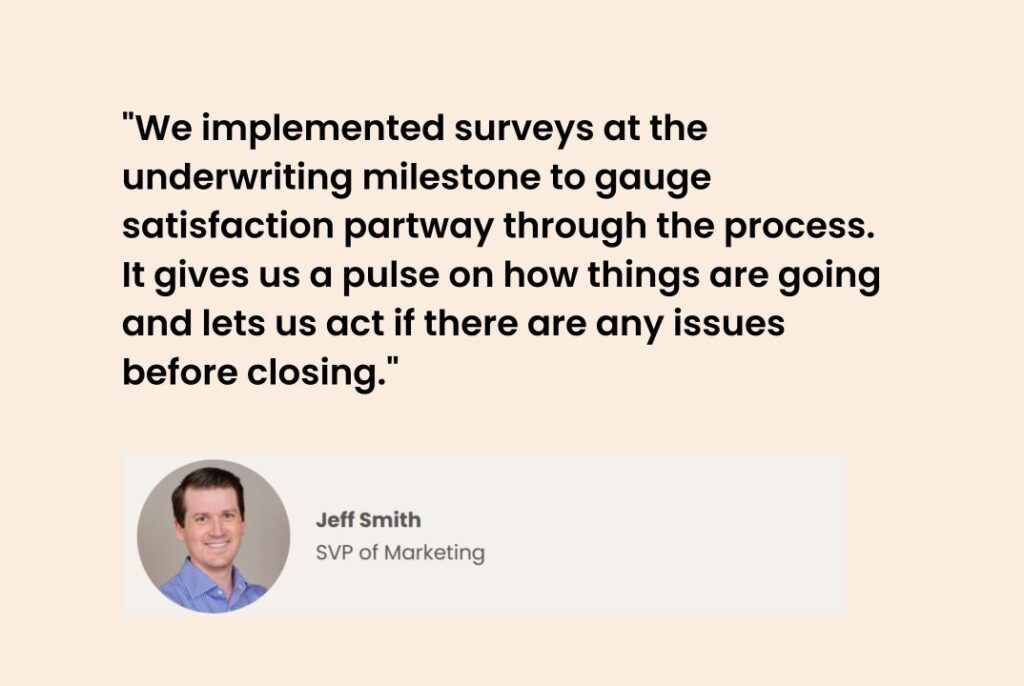
2. Customer lifetime value (CLV)
CLV helps you understand the total revenue a single customer brings over their relationship with your brand. A higher customer lifetime value (CLV) indicates that your customer-centric marketing efforts are building sustained, long-term loyalty.
3. Churn rate
This metric reveals how many customers you’re losing over time. High churn often points to poor product discovery, misaligned messaging, or unmet expectations. Minimizing churn means your team is successfully delivering on the promises made and creating real value aligned with customer preferences.
4. Review volume and ratings
Online reviews are a window into the customer experience. A steady stream of high-quality reviews indicates that customers are engaged, satisfied, and motivated to share.
According to Deloitte, 88% of businesses now see customer experience (CX) as their primary competitive advantage. This focus on CX not only builds trust with new customers but also enhances visibility through better SEO
Here, we have a glimpse at how Rate was able to successfully increase review volume by implementing this simple process:
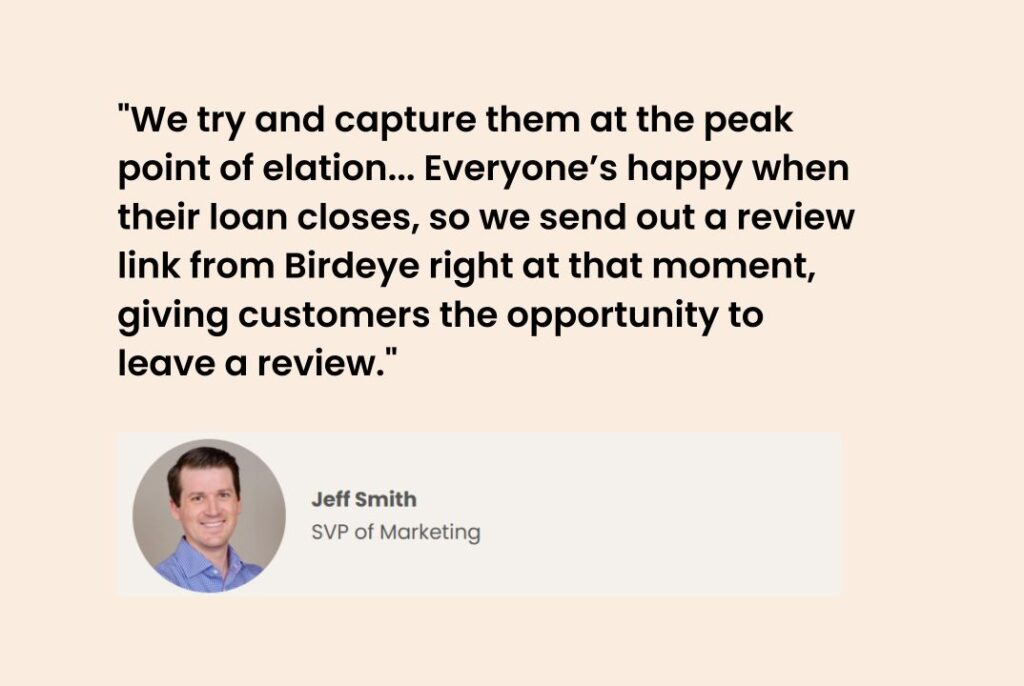
5. Response time and engagement rate
Speed and attentiveness matter. Measuring how quickly your team responds to inquiries and how often customers interact with your communications helps assess the strength of your customer-centric approach.
Tools like Birdeye Messaging AI make it easier to centralize and streamline responses, ensuring customers receive fast, relevant support.
When tracked consistently, these metrics help your team identify gaps, uncover opportunities, and prove that your customer-centric strategy works more in real business results than in theory.
Turn customer centricity into your edge with Birdeye
For today’s most forward-thinking companies, customer centricity is the foundation of every successful business strategy.
However, achieving proper customer focus across various touchpoints takes more than good intentions. It requires consistent action, unified tools, and smart automation.
This is where Birdeye becomes a powerful enabler. Whether you’re a fast-growing startup or an enterprise-level brand, Birdeye equips you to operationalize a customer-centric strategy at scale without overwhelming your team.
With solutions like Birdeye Reviews AI, Birdeye Messaging AI, Birdeye Insights AI, and Birdeye Surveys AI, Birdeye helps businesses:
- Centralize customer interactions across SMS, Webchat, email, and social channels.
- Automate feedback collection at key stages of the customer journey.
- Deliver personalized responses that reflect customer happiness and concern.
- Identify patterns and gaps across branches or locations to improve service quality.
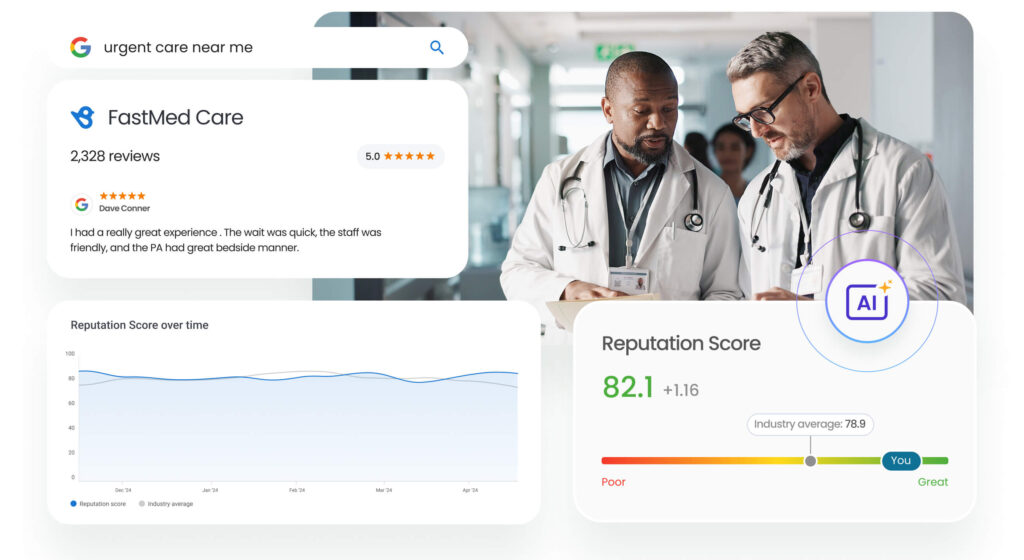
By turning customer signals into strategic actions, companies can find creative ways to build trust, elevate satisfaction, and grow customer loyalty, all while reducing the manual effort typically required.
Customer-centric marketing is an ongoing commitment to meet evolving expectations with empathy and precision.
With Birdeye, your team can scale that commitment across every interaction and create value that resonates long after the sale.
Ask yourself: What would your marketing strategy look like if it prioritized your most loyal customers at every step? With Birdeye, that vision becomes reality.
FAQs on customer-centric marketing
It’s a marketing approach that prioritizes customer needs and preferences over internal goals. In 2026, it’s essential due to rising customer expectations and digital marketing noise.
Start with customer data, optimize the customer journey, use AI solutions like Birdeye, and focus on long-term loyalty, not just conversions.
Platforms like Birdeye help manage reviews, surveys, and messages across all marketing channels, ensuring seamless customer interactions.
Measure your Net Promoter Score, monitor churn, track review sentiment, and analyze customer behavior at various stages.
Absolutely. With tools like Birdeye Messaging AI and custom landing pages, even small businesses can offer personalized experiences across touchpoints.
Real growth starts with understanding your customers
In 2026, becoming a customer-centric organization is a strategic imperative. As customers grow more selective, brands that prioritize their preferences, feedback, and experiences across every channel will lead the market, not just follow it.
But it doesn’t happen overnight. Building a truly customer-first culture takes a concerted effort across teams, tools, and leadership.
From refining your marketing plan to investing in smarter technology, every decision should align with delivering value that resonates with your audience.
With platforms like Birdeye, businesses can turn customer insights into action, automate engagement across digital touchpoints, and make every part of the journey more personalized, seamless, and effective.
Build your next marketing plan around your customer’s needs—not just tactics. See how it works in our demo.

Originally published
![[Feature image ] Customer-centric marketing- how to win, retain, and grow your customer base in 2025](https://birdeye.com/blog/wp-content/uploads/Feature-image-Customer-centric-marketing-how-to-win-retain-and-grow-your-customer-base-in-2025-1140x596.jpg)








